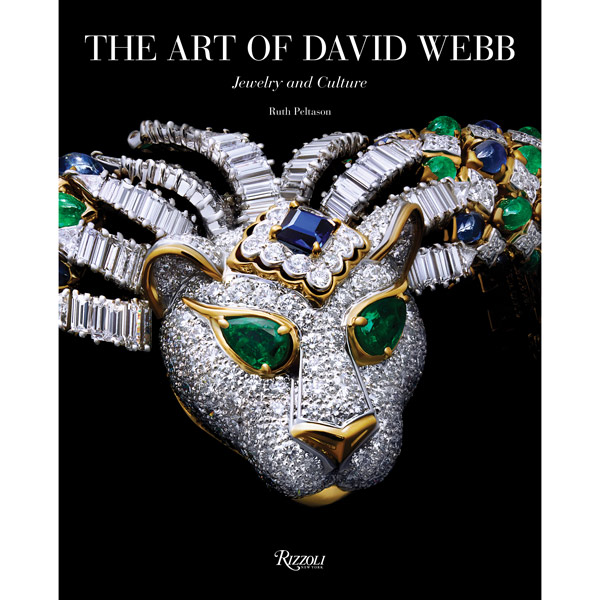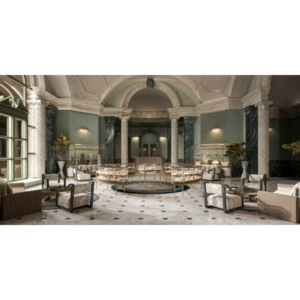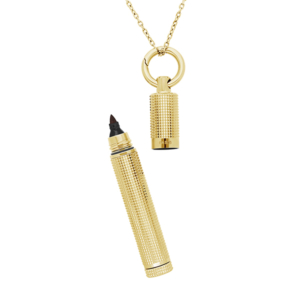
There aren’t many designers who approach jewelry quite like David Webb did. In his only published essay in 1963, “Why Not Hang Gems?” he wrote, “Jewels, though more personal than paintings, should be treated as great works of art, which they surely are.” Webb believed in the power of jewels as vessels of culture, meant to be appreciated and preserved. In her new book The Art of David Webb: Jewelry and Culture, jewelry historian and writer Ruth Peltason explores Webb’s genius and the relationship he drew between works of art and jewels.
“David Webb was fortunate to have achieved fame shortly after he opened shop in 1948: His jewelry was featured on the cover of Vogue in 1950, he had become a darling of the ladies-who-lunch set, and he had schooled himself in the great artworks of the world by visits to New York’s Metropolitan Museum of Art, art galleries, and antique shops,” Peltason tells JCK.
“What he saw not only inspired him, it stirred in him a desire to see jewelry regarded as art and collected by museums. The Art of David Webb: Jewelry and Culture takes that premise and shows David Webb jewelry alongside artworks from ancient civilizations to the present. It aims to connect the dots between, for example, the Guggenheim Museum and David Webb’s banded gold cuff; Piet Mondrian’s Broadway Boogie Woogie, Yves Saint Laurent’s 1965 modular dress, and David Webb’s similarly patterned enamel Mondrian bracelet.”
The 256-page hardcover (out today from Rizzoli) is a visual delight, with 165 color images. It serves as a reminder of how jewels should be treated: with the consideration and respect that you would pay to any esteemed oil painting.
Now excuse us while we drape some of our finest gems across our décolletage and on our best-lit walls.
(Photo courtesy of Rizzoli)
Follow me on Instagram: @anniedavidsonwatson
- Subscribe to the JCK News Daily
- Subscribe to the JCK Special Report
- Follow JCK on Instagram: @jckmagazine
- Follow JCK on X: @jckmagazine
- Follow JCK on Facebook: @jckmagazine







